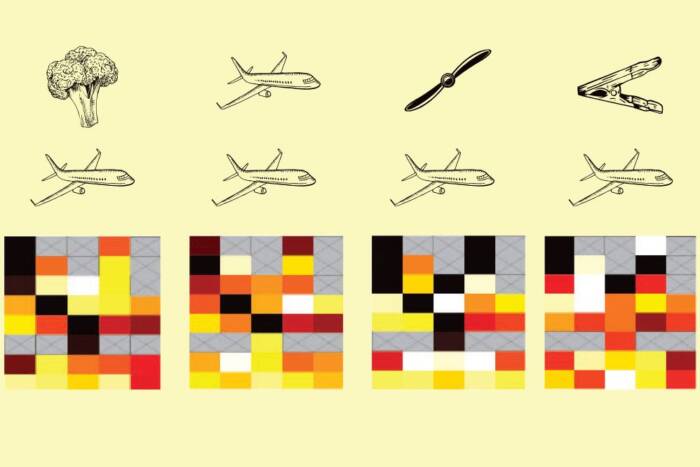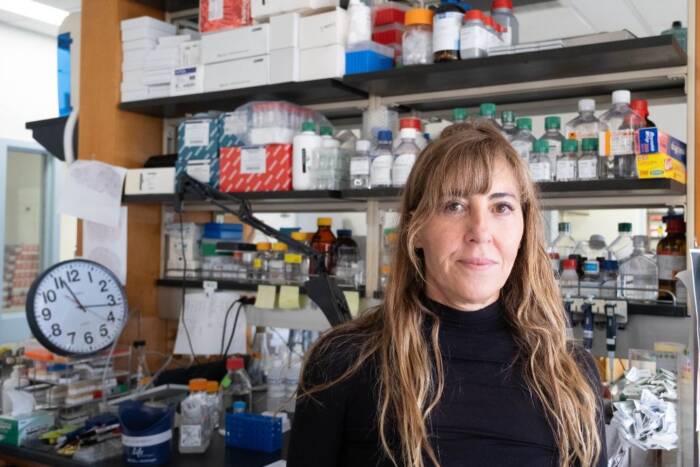Researchers explore how a cell’s protein-making factories are assembled
Ribosomes, the molecular factories that produce all the proteins a cell needs to grow and function, are themselves made up of many different proteins and four RNAs. And just as an assembly line must be built before it can manufacture cars, these tiny factories must be constructed before they can put proteins together.
Ribosome assembly is an elaborate and carefully coordinated process that happens continuously inside cells, but its intricate dynamics are not yet fully understood. In research published October 19 in Nature Structural and Molecular Biology, scientists at The Rockefeller University detail a new technique they used to map out the proteins involved in the early stages of this process.
The other primary component of ribosomes, ribosomal RNA, is an evolutionarily ancient molecule found in all known forms of life. Its complex, three-dimensional structure serves as a scaffold for protein synthesis.
“Following ribosome assembly, all ribosomes must have the same composition with four ribosomal RNAs and all ribosomal proteins in their appropriate positions,” says the study’s senior author Sebastian Klinge, assistant professor and head of the Laboratory of Protein and Nucleic Acid Chemistry. “We wanted to understand how four ribosomal RNAs and 79 different proteins are assembled to make a functional ribosome that later is able to produce all cellular proteins.”
In the study, the researchers focused on the early phases of the process that takes place inside the nucleolus, a structure inside the cell’s nucleus where ribosomal RNA precursors are made. This part of ribosome assembly has previously been hard to study because it happens continuously while the RNA precursors are being transcribed from DNA.
Ribosomes are composed of two subunits, one small and one large; this study focused on the assembly of the small subunit, which happens first. Sebastian Klinge and Malik Chaker-Margot, the study’s first author, engineered yeast cells to generate ribosomal RNA molecules of varying lengths, which represented different steps in the assembly process. Each of these RNAs contained an extra element that acted as biochemical bait, and using this bait the researchers were able to isolate proteins that specifically bind to the RNA.
“We chose six transcriptional stages and using the bait system we isolated all the proteins and RNA complexes associated with those transcriptional stages,” says Chaker-Margot. With this method, the researchers were able to compile a list of pre-ribosomal components and note at which stages each is present within the precursor to the small ribosomal subunit.
The researchers say their findings will provide a better understanding of how ribosomes are put together, a process fundamental to all living cells. In addition, a full map of the assembly process would allow for a better understanding of some rare human disorders that result from malfunctions in ribosomal assembly.
“In this study, we focused on the early stages of the process that covers half of the eukaryotic ribosome, but we’re hoping to extend this method to illuminate the second half, the construction of the large ribosomal subunit,” Klinge says. “Our goal is to provide a complete picture of ribosome assembly.”


